Overview
Version
| Report Server Version | Functional Change |
|---|---|
| 11.0.2 | Allowed you to select Auto for character colors when you select Custom for label characters. For details, see section "Content." |
Application Scenario
Label is a setting item under chart style for you to set whether to display data information in a chart, as shown in the following figure.

Function Description
Chart labels are not displayed by default. If you want to display the labels, tick Use Label. Label includes four general setting items, namely Content, Layout, Border, and Background, as shown in the following figure.
 Note:
Note:
Function Introduction
The following takes column chart labels as an example to elaborate on the functions of each setting item.
Content
1. The following introduces the three methods for setting the text content of labels.
Common: You can select parameters to display the corresponding data. You can select multiple parameters. Format next to parameters allows you to set the data display format.
Rich Text: You can click Edit Rich Text to enter the rich text editor and add fields as labels or manually enter texts as labels. You can edit items such as the text format and color in the rich text editor. For details, see Custom Label or Tooltip in Rich Text.
 Note:
Note:Custom: You can customize the content and style of label texts by writing JavaScript codes. If the codes contain HTML statements, you need to select Use HTML to Parse Text Content.



2. When selecting Common or Custom for Label, you can set the character style below.
Theme: The chart label style displayed is subject to that configured in the template theme.
Custom: You can customize items such as the font, font size, and color of the labels. In the designer of 11.0.2 and later versions, you can select Auto for character colors, as shown in the following figure.
 Note:
Note:
Layout
Layout mainly allows you to adjust the label display position. The following introduces the functions of each setting item.
Position: where labels are displayed in a chart
Text Orientation: text arrangement direction (If you select Vertical, texts are rotated by +90°.)
Overlap Adjustment: function for you to zigzag overlapped label texts (if any).

 Note:
Note:1. Only column charts and tube gauges support the text orientation function.
2. The text orientation function is not supported when the text content is rich texts.
The following figure shows the vertical text effect.

Border
Border allows you to customize the outer frame styles of labels. Line Style is set to None (namely no border) by default. The three attributes Color, Shape, and Rounded Corner will be displayed only when you select a line style, as shown in the following figure.

The following figure shows the label border effect when you set attributes like those in the above figure.

 Note:
Note:1. Charts that support the Border setting item include pie charts, column charts, bar charts, line charts, and area charts.
2. For the vertical label text, the Border setting item will not be displayed.
Background
Background allows you to set the fill effect and opacity of labels. You can set Fill to No Background, Color, or Gradient Color, as shown in the following figure.

 Note:
Note:1. Charts that support the Background setting item include pie charts, column charts, bar charts, line charts, and area charts.
2. For the vertical label text direction, the Background setting item will not be displayed.







